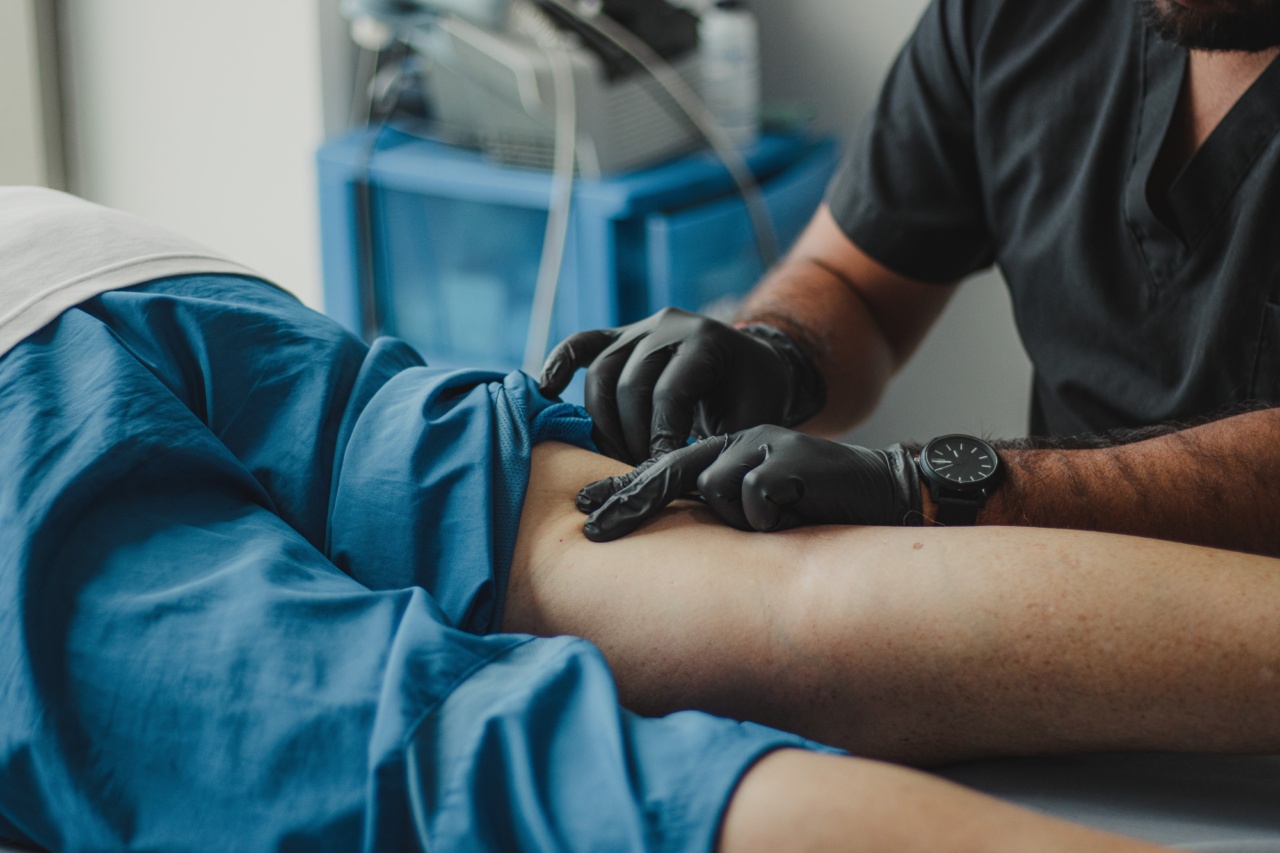Chronic knee ailments can severely affect an individual’s quality of life, limiting their mobility and causing persistent pain.
One common knee condition is meniscus tears, which occur when there is damage to the rubbery cartilage surrounding the knee joint. While some meniscus tears can be treated with conservative methods, severe cases may require surgical intervention.
Meniscus transplantation has emerged as an optimal remedy for chronic knee ailments, offering long-lasting relief and improved function for individuals suffering from debilitating knee conditions.
Understanding Meniscus Tears
The meniscus is a C-shaped cartilage structure that acts as a shock absorber between the thigh bone (femur) and shin bone (tibia) in the knee joint. It helps distribute weight and provides stability during movement.
However, various factors such as trauma, degeneration, or aging can lead to meniscus tears. These tears can be classified as either acute or chronic, with chronic tears often resulting from repeated stress or degeneration over time.
Conservative Treatment Options
Upon diagnosis of a meniscus tear, healthcare professionals initially explore conservative treatment options. These may include:.
- Physical Therapy: A comprehensive exercise regimen can help strengthen the surrounding muscles, improve knee stability, and reduce symptoms.
- Medications: Non-steroidal anti-inflammatory drugs (NSAIDs) and pain relievers may be prescribed to manage pain and reduce inflammation.
- Use of Assistive Devices: The use of crutches or braces can lessen the pressure on the knee joint, allowing the meniscus tear to heal.
- Injections: Corticosteroid or hyaluronic acid injections can help alleviate pain and inflammation in the knee joint.
The Limitations of Conservative Treatment
While conservative treatment methods can be effective for some individuals with meniscus tears, they may not provide long-term relief for patients with chronic knee ailments. In such cases, meniscus transplantation presents itself as a viable solution.
Meniscus Transplantation Procedure
Meniscus transplantation is a surgical procedure that involves replacing a damaged or entirely removed meniscus with a healthy donor meniscus.
The procedure is typically performed arthroscopically, using minimally invasive techniques that result in smaller incisions and reduced recovery times.
The surgery involves several steps:.
- Preparation: The surgeon assesses the knee joint’s condition and determines the appropriate size and type of meniscus graft.
- Donor Meniscus Harvesting: The surgeon retrieves the meniscus graft from a tissue donor, which is then prepared for transplantation.
- Recipient Knee Preparation: The damaged meniscus is removed, and the knee joint is prepared to receive the donor meniscus.
- Transplantation: The donor meniscus is meticulously placed into the recipient knee joint, ensuring proper alignment and stability.
- Recovery and Rehabilitation: Following the surgery, a personalized rehabilitation program is initiated to enhance healing and promote optimal knee function.
Candidates for Meniscus Transplantation
Meniscus transplantation is primarily recommended for individuals with chronic knee ailments, such as:.
- Individuals with persistent knee pain despite conservative treatments
- Individuals with a partially or completely removed meniscus
- Patients with early-stage knee osteoarthritis
- Young, active individuals who require the restoration of knee stability for athletic activities
Benefits of Meniscus Transplantation
Meniscus transplantation offers numerous benefits for individuals suffering from chronic knee ailments, including:.
- Pain Reduction: By restoring the damaged meniscus, meniscus transplantation can significantly reduce knee pain and discomfort.
- Improved Knee Function: The procedure improves knee stability and range of motion, allowing individuals to regain their ability to perform daily activities and sports.
- Delaying or Preventing Knee Osteoarthritis: Meniscus transplantation can help delay or prevent the onset of knee osteoarthritis, a degenerative condition commonly associated with meniscus tears.
- Long-lasting Relief: When successful, meniscus transplantation can provide long-lasting relief, allowing individuals to enjoy an improved quality of life for many years.
Potential Risks and Complications
While meniscus transplantation is generally a safe procedure, there are potential risks and complications, including:.
- Infection
- Blood clots
- Graft failure
- Swelling and stiffness
- Damage to surrounding structures
Post-Operative Care and Rehabilitation
Proper post-operative care and rehabilitation are crucial for the success of meniscus transplantation. The rehabilitation program typically involves:.
- Protective weight-bearing: Individuals may be advised to avoid putting full weight on the operated leg for a designated period.
- Physical therapy exercises: Specific exercises are prescribed to gradually strengthen the knee, improve range of motion, and enhance stability.
- Sport-specific rehabilitation: For athletes, the rehabilitation program may include exercises tailored to their respective sports, gradually reintroducing them to their activities.
Conclusion
For individuals suffering from chronic knee ailments, meniscus transplantation proves to be an optimal remedy, offering the potential for long-lasting relief and improved knee function.
While conservative treatment methods may be effective for some, severe cases of meniscus tears often necessitate surgical intervention. Meniscus transplantation, with its minimally invasive approach and numerous benefits, has become a viable solution for those looking to regain their mobility, reduce pain, and enhance their quality of life.

























